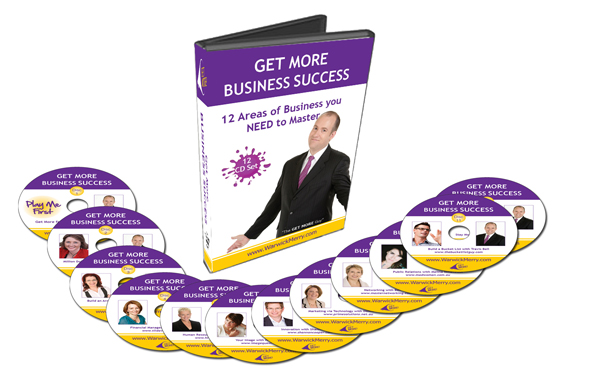What About This Weather?
Whew! It was a SCORCHER here in Melbourne yesterday 40 C. Overnight it got down to a low of 24 C and we are up for another hot day today. I could whinge and whine about how hot it is. I could complain that I don’t deal with the heat well. Just so you know, I am a son of a farmer so I know how to complain about the weather with the professionals!
The weather is something I can do nothing about.
The saying “it’s not what happens to you but how you deal with it that counts” is best represented by the weather.
In business it may be you main customer no longer buys from you, your key employee resigns, someone else owns a trade mark you were after or some other unfortunate event.
So today, I am not going to say anything about the weather. I will simply do what it takes to make sure my needs are met. It could be going to the cinema, it maybe working out of an airconditioned cafe, I may even need to go and hangout in the freezer section of a supermarket.
It is the action I take that will determine how well I deal with my situation.












